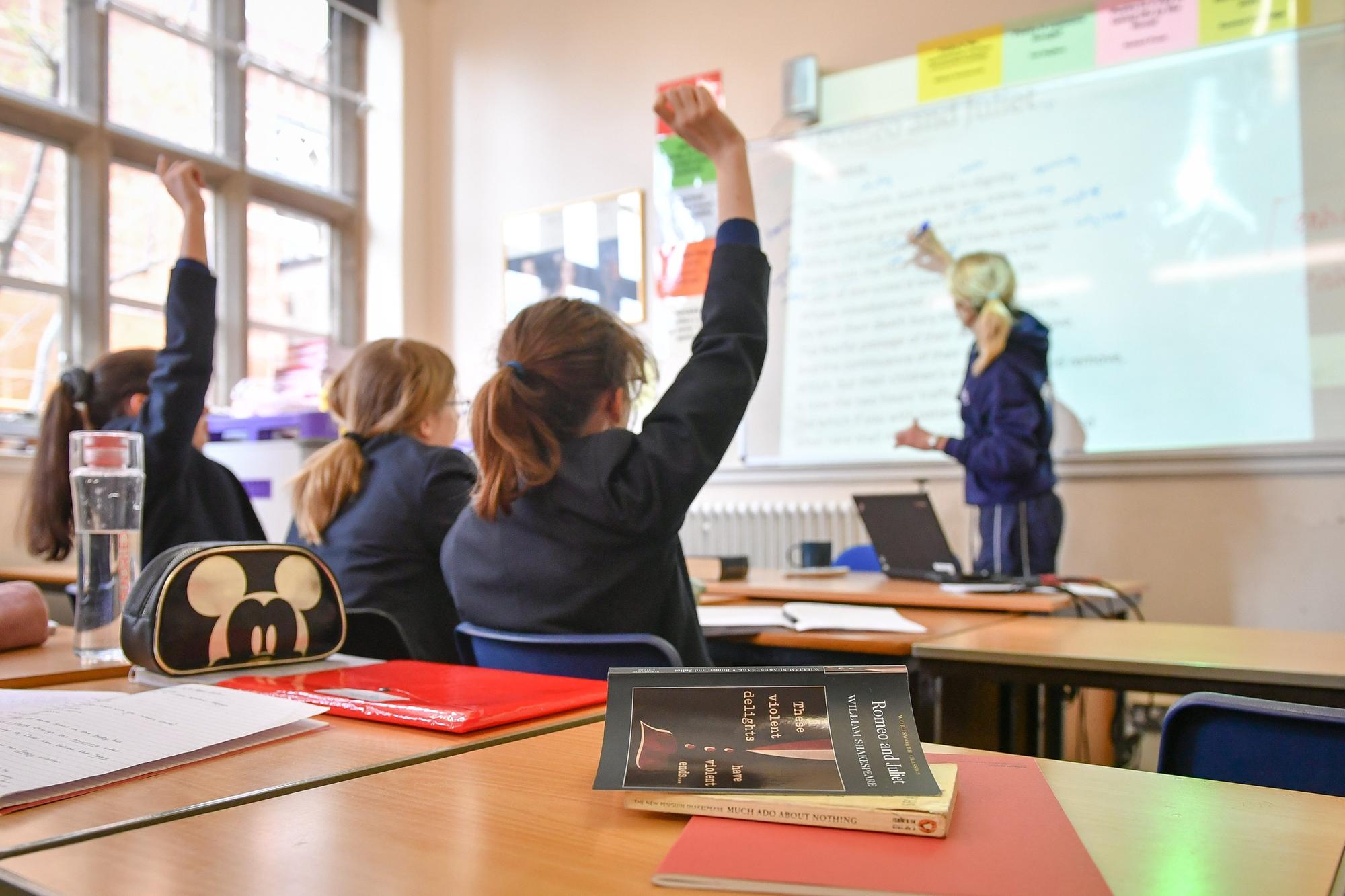Growing Demand for School Places in Wigan and Across England
As the demand for school places continues to rise, education unions are urging the government to take immediate action to ensure that all children have access to a place in school. This call comes as figures from the Department for Education (DfE) reveal that 483 new school places are planned across primary and secondary schools in Wigan between May 2024 and September 2026. However, this number is not enough to meet the area’s forecasted needs for the 2026-27 school year.
According to the DfE, an additional 540 school places are required in Wigan to keep up with the growing population. This includes 230 more primary school places and 310 more secondary school places. These numbers highlight the urgent need for expansion and planning to avoid overcrowding and long waiting lists.
Across England, the situation is even more critical. The demand for school places is expected to more than double to meet future needs. While 47,000 new school places are already planned, an additional 54,800 places will be needed to accommodate the rising student population. This significant gap underscores the importance of proactive measures to address the issue before it becomes unmanageable.
Regional Disparities and Challenges in School Planning
Paul Whiteman, general secretary of the NAHT school leaders’ union, emphasized the variations in demand across different regions, schools, and year groups. He noted that many secondary schools are now experiencing the same pressure on places that primary schools faced a few years ago. While some primary schools in certain areas are seeing a decline in pupil numbers due to factors like falling birth rates and a lack of affordable housing, competition for spots in high-performing schools remains intense.
Whiteman also pointed out that more could be done to ensure sufficient school places, including protecting school funding and improving teacher recruitment and retention. He stressed that these forecasts highlight the need for the government to tackle the ongoing teacher recruitment and retention crisis.
Pepe Di’Iasio, general secretary of the Association of School and College Leaders, echoed the urgency of addressing the need for more school spaces “as early as possible.” He explained that building or expanding schools requires a significant lead-in time, and delays could result in families being unable to secure a spot in their local schools.
Role of Local Authorities and New Legislation
Arooj Shah, chair of the Local Government Association’s Children and Young People Board, highlighted the efforts of councils in responding to the increasing demand for school places. She noted that councils have been working to create thousands of new school places to meet the needs of their communities.
Shah also pointed to the Children’s Wellbeing and Schools Bill currently under consideration in the House of Lords. This legislation aims to place a duty on all schools to collaborate with councils on place planning and admissions. It also enables councils to open any type of school needed locally, providing greater flexibility in addressing school capacity issues.
Government Response and Commitment to Education
A spokesperson for the Department for Education assured parents that over 97% of children are accepted into one of their top school choices. They emphasized the government’s commitment to ensuring every child can achieve and thrive in school, regardless of where they live.
The spokesperson added that councils are legally responsible for ensuring there are enough school places for their local communities. They should work in collaboration with academy trusts and other local partners to balance supply and demand in line with changing demographics.
Through the landmark Children’s Wellbeing and Schools Bill, the government aims to require councils and schools to work together on admissions, ensuring that every family has access to a good local school. This initiative reflects a broader effort to address the challenges of school capacity and accessibility across the country.







